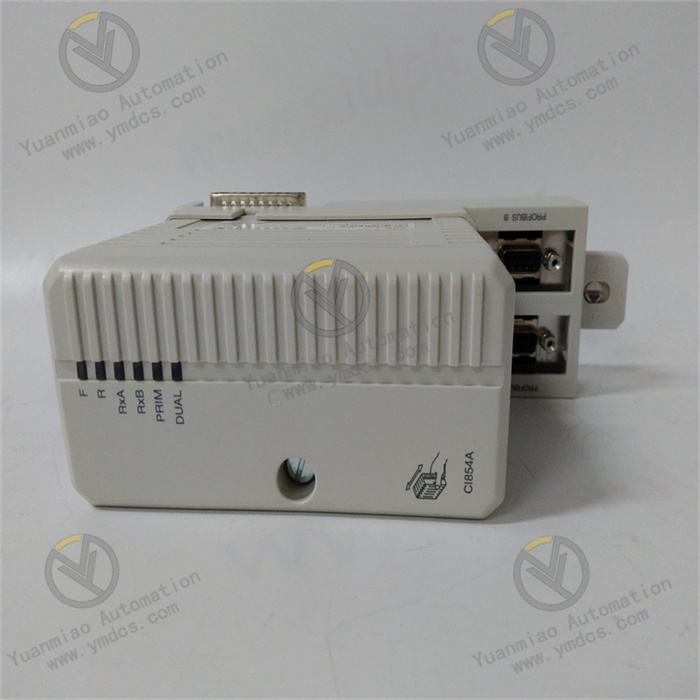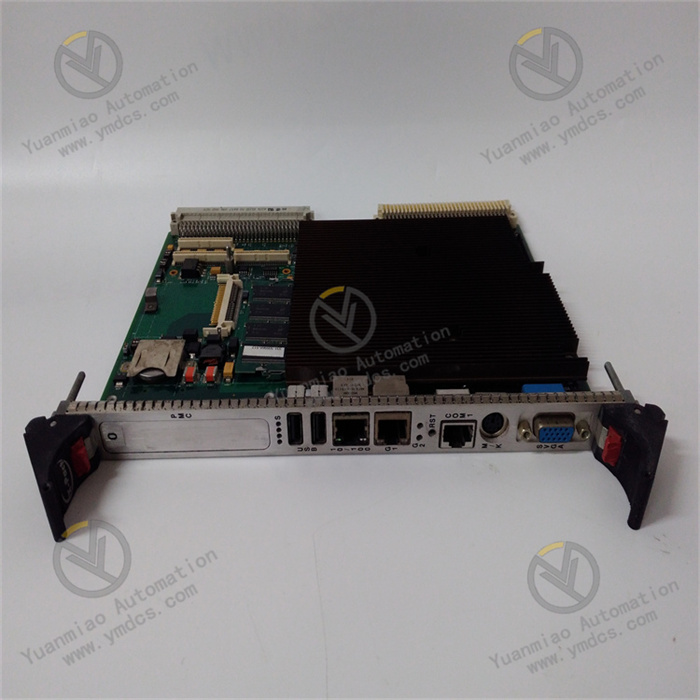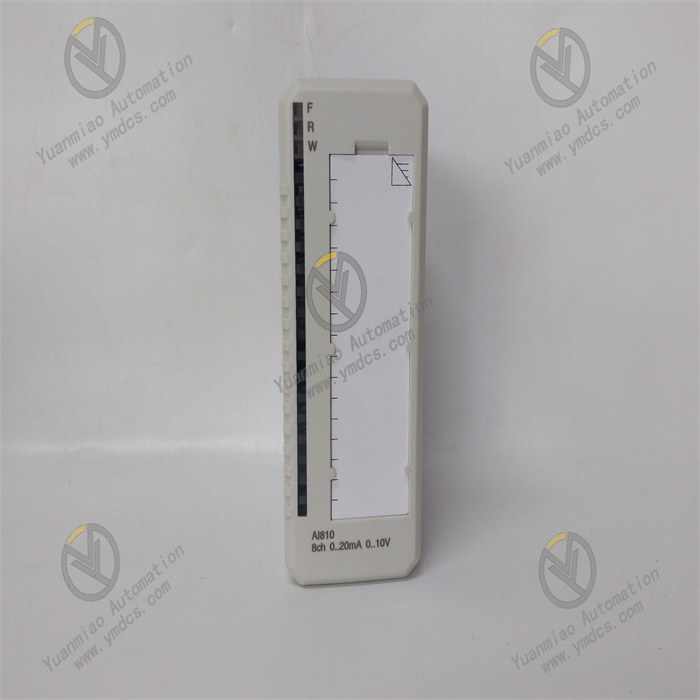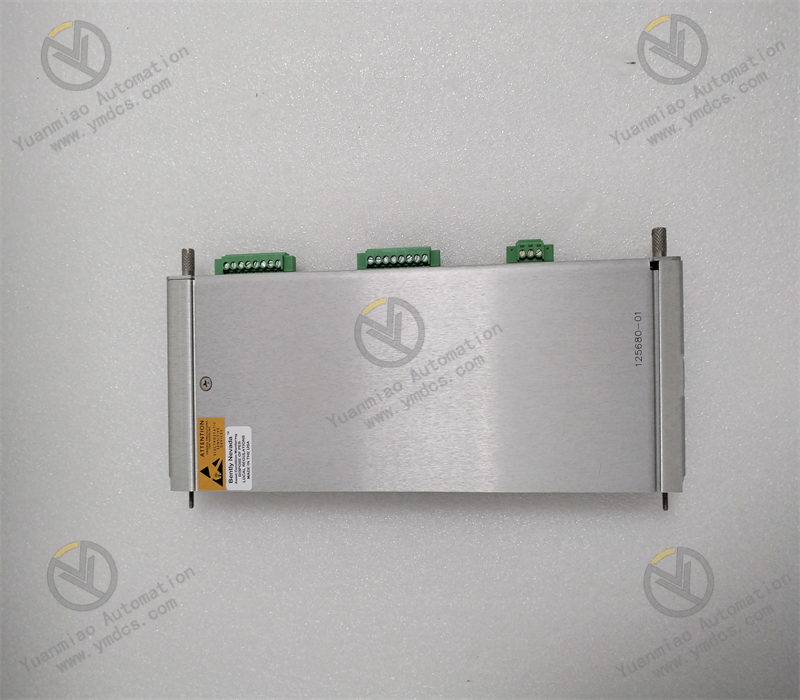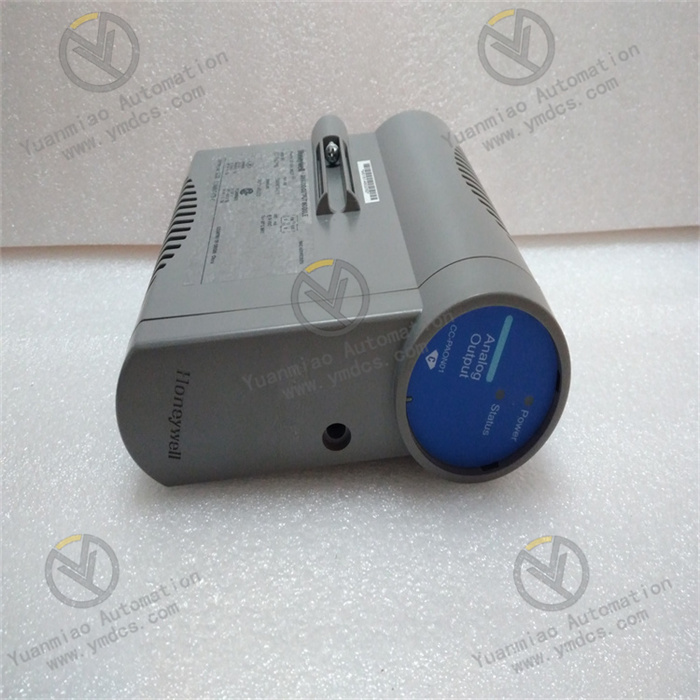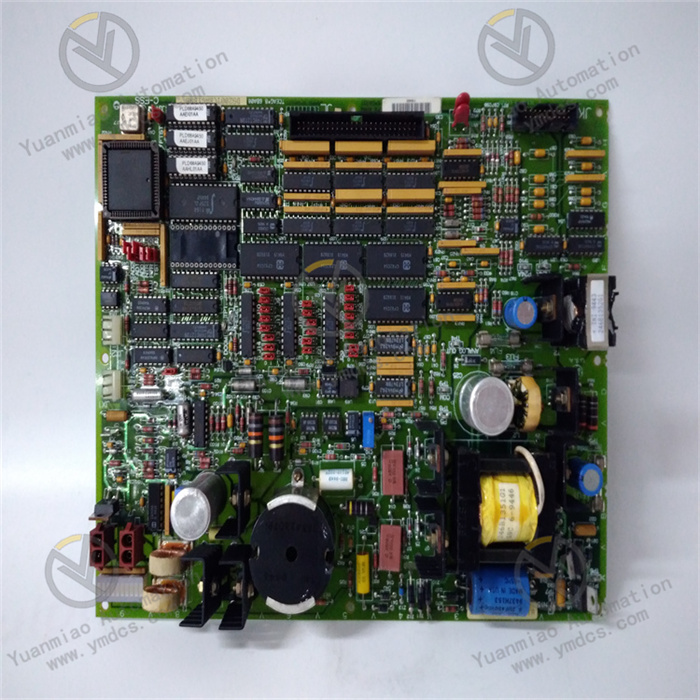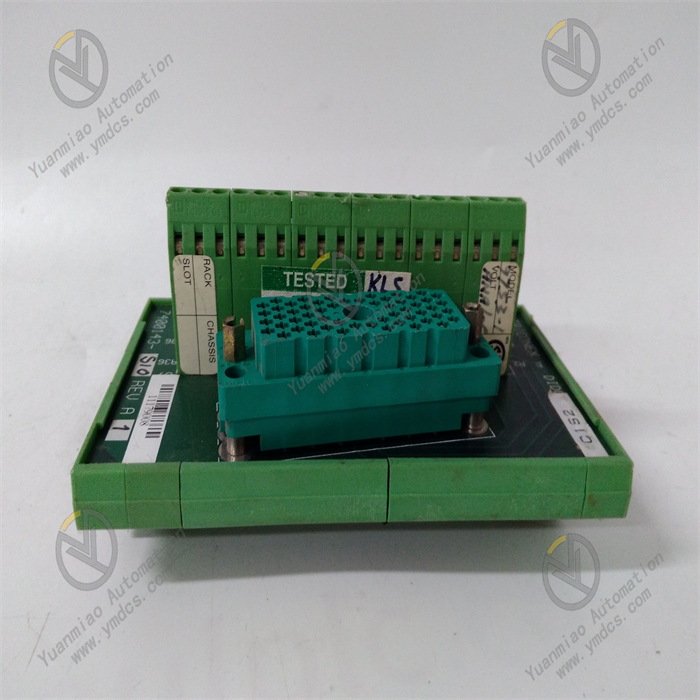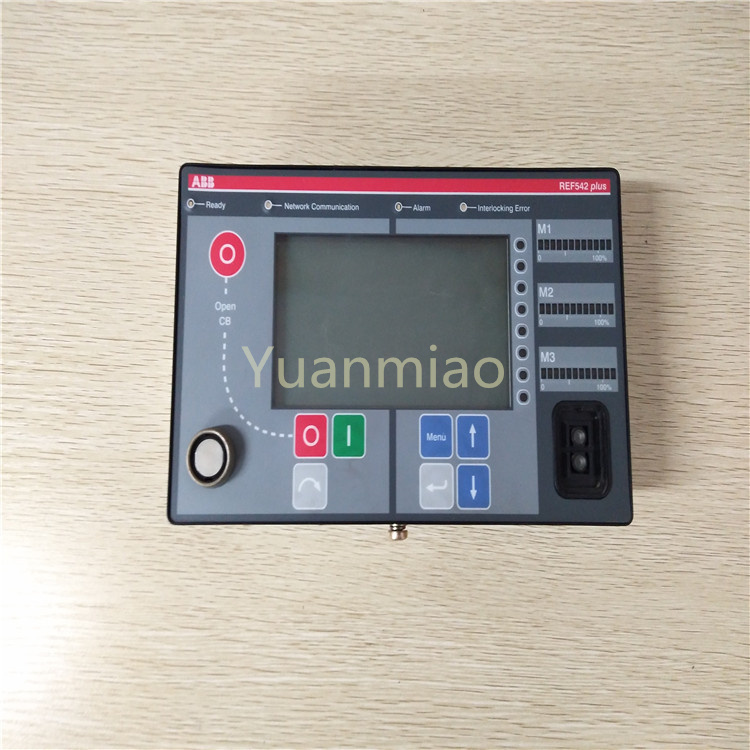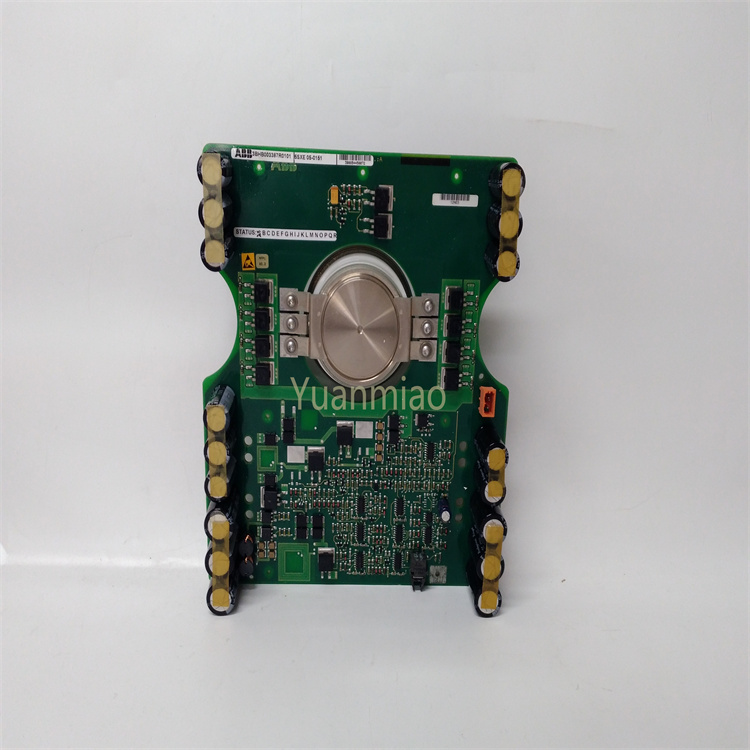Description
Features High reliability: Adopting advanced design and manufacturing processes, it can work stably for a long time in harsh industrial environments. It has strong anti-interference ability, ensuring the accuracy and reliability of measurement data. High-precision measurement: It can accurately measure parameters such as the vibration and displacement of rotating machinery, providing accurate data support for equipment condition monitoring and fault diagnosis. Easy installation and maintenance: With a reasonable structural design, it is convenient and quick to install. It also has good maintainability, reducing equipment maintenance costs and downtime.
Technical Parameters Measurement range: For example, in vibration measurement, it may cover a measurement range from slight vibration to large amplitude. The specific values may vary according to different application scenarios and configurations. Generally, the displacement measurement range may be around ±10mm. Accuracy: It usually has high accuracy. For example, the vibration measurement accuracy can reach ±0.1μm, and the displacement measurement accuracy can reach ±0.01mm. Operating temperature range: It can generally work normally within a wide temperature range, such as from - 40℃ to 125℃. Output signal: Common output signals are 4 - 20mA current signals or 0 - 10V voltage signals, which are convenient for connection and data transmission with other control systems or monitoring devices.
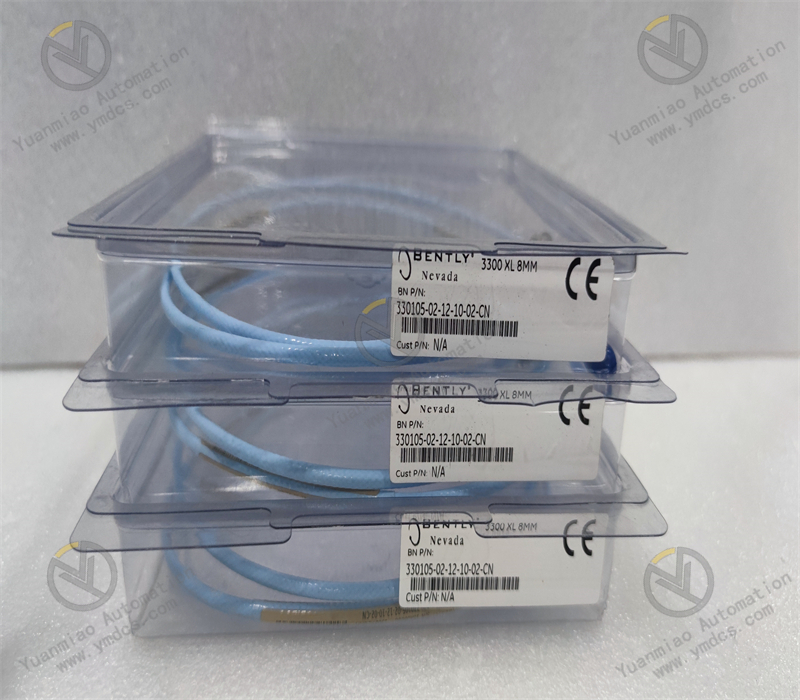
Application Scenarios Rotating machinery monitoring: It is widely used in the vibration and displacement monitoring of various rotating machinery and equipment, such as steam turbines, generators, compressors, pumps, etc. By monitoring these parameters in real time, abnormal situations of the equipment can be detected in a timely manner, preventing equipment failures and ensuring the safe and stable operation of the equipment. Industrial automation systems: It can serve as a key monitoring component in industrial automation systems, providing feedback information on the operating status of equipment for the control system, enabling precise control and optimized operation of the equipment. Power industry: In power production sites such as power plants, it is used to monitor the operating status of key equipment such as generator sets, ensuring the reliability and stability of power production and reducing power outages caused by equipment failures.
Some Common Faults and Solutions: Abnormal Signal Output Fault phenomenon: The measured values displayed by the monitoring system are inaccurate, fluctuate greatly, or there is no signal output. Solution: First, check whether the connection of the sensor is loose and ensure that the cable connection is secure. Then, check whether the installation position of the sensor is correct and whether it is affected by vibrations, impacts, or other interference sources. If the installation position is inappropriate, reinstall it in a suitable position. If the above checks are okay, use professional measurement tools to calibrate the sensor and check whether the calibration parameters deviate due to long-term use.

Abnormal Temperature Fault phenomenon: The temperature of the sensor during operation is too high or too low, exceeding the normal operating range. Solution: Check whether the operating environment temperature of the sensor meets the requirements and whether it is affected by heat sources or cold sources. If the environmental temperature is too high, strengthen the ventilation and heat dissipation measures; if it is too low, consider taking thermal insulation measures. At the same time, check whether the power supply of the sensor is stable. Too high or too low power supply voltage may cause abnormal heating of the sensor. If there is a problem, repair the power system.
Noise Interference Fault phenomenon: There is obvious noise in the measurement signal, affecting the measurement accuracy and stability. Solution: Check whether the shielding measures of the sensor are good and ensure that the shielding layer of the cable is properly grounded to reduce electromagnetic interference. Check whether there are strong electromagnetic radiation sources around. If so, try to keep the sensor away from these interference sources or shield the interference sources. In addition, check whether there are other devices in the system that generate noise due to faults. You can determine and solve the problem by checking the relevant devices one by one.
Mechanical Damage
Fault phenomenon: Parts such as the shell and probe of the sensor crack, deform, or get damaged.
Solution: Check whether the mechanical damage is caused by external impacts during installation or use. For minor damage, if it does not affect the normal function of the sensor, appropriate repair and reinforcement can be carried out; if the damage is severe, such as the probe deforming and affecting the measurement accuracy, replace the sensor in a timely manner to ensure the normal operation of the system.


